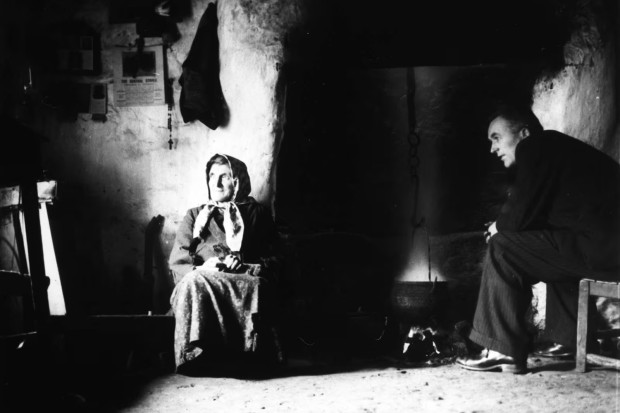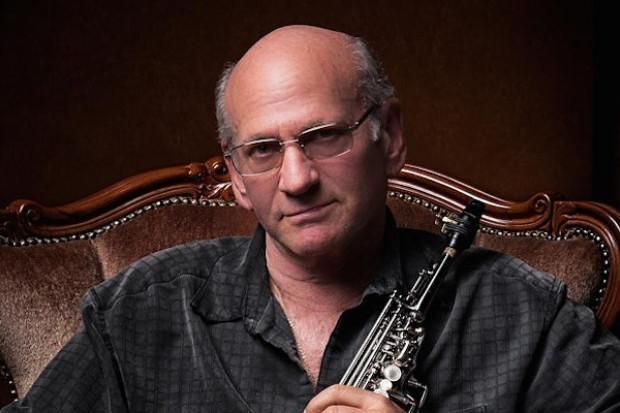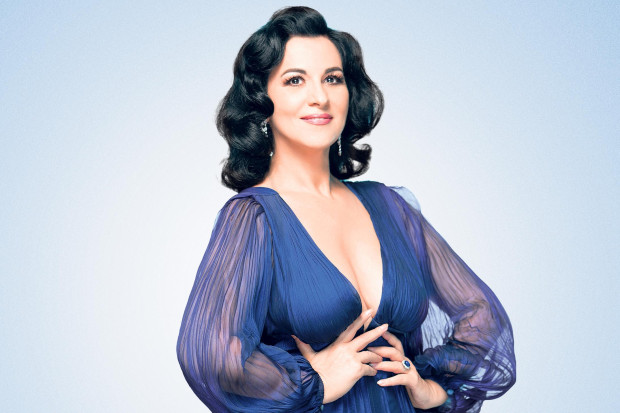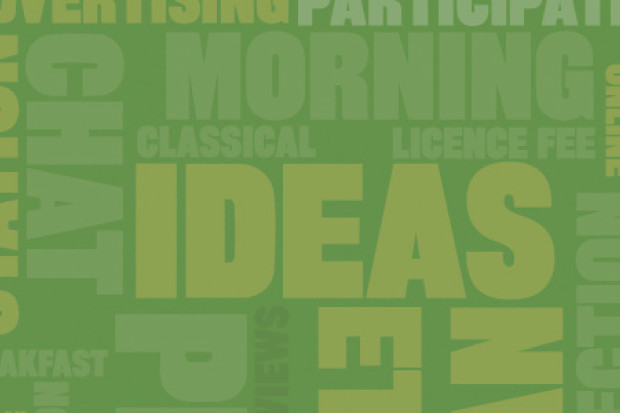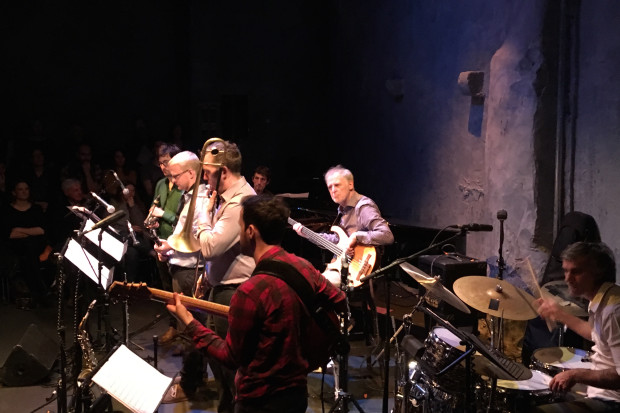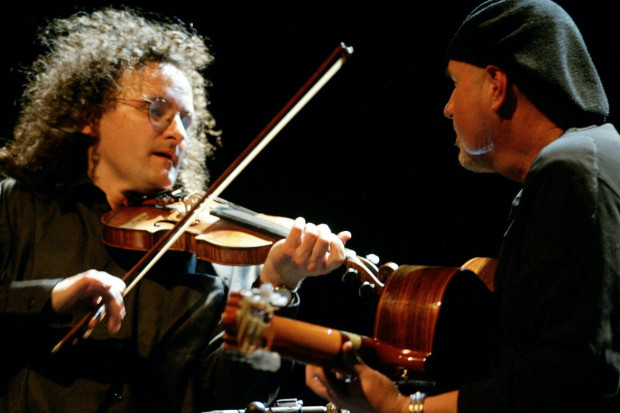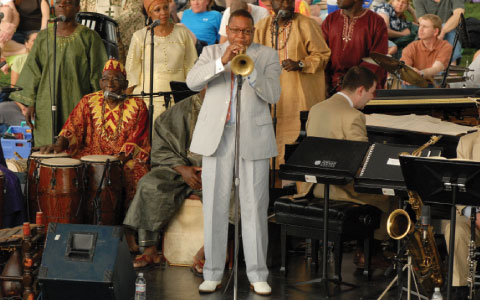
Are We Jazz Musicians Anymore?
A couple of years ago I was speaking to students on the BA in Jazz Performance at the college in which I teach. The class was called ‘Jazz History, Ethos and Philosophy’, and it is an opportunity to discuss extra-musical subjects. The role of the teacher in this class can sometimes be to act as an agent provocateur, to stimulate debate among the students, and, in this capacity, I asked the students whether they considered themselves to be jazz musicians. A few of them said outright that they did. Others said they were musicians who played jazz – but didn’t consider themselves to be jazz musicians. Some students got into a form of dissembling, saying, ‘Well, first you have to have to ask yourself, what is jazz?’
The answers were, in one way, surprising – one would imagine that anyone studying jazz for four years at a jazz school would consider themselves to be a jazz musician – but in another way they were perhaps less so. For among players in the professional world there is huge debate as to what constitutes jazz, and even about the word ‘jazz’, which practitioners feel is a label they can be stereotyped by, and which sometimes is detrimental to their prospects of attaining work. For this kind of debate to filter through to students in a jazz school is hardly surprising.
In a way, the seeds of the destruction of a sense of belonging to a clearly understood tradition were sown by the nature of the music itself. Jazz has always been a music that is open to influence from outside sources. Indeed its genesis can be ascribed to the mingling of music from different sources: classical music, church music, military music, and, of course, music of the West African diaspora.
Another aspect of jazz that has always been present has been an uncompromising modernism. Strangely, for a music that originated with a dispossessed people, rather than try to preserve a tradition – such as in music of other Afro-American traditions, the music of Cuba for example – the impulse of jazz has always been to innovate and to change. Even the earliest practitioners of the music, people such as King Oliver and Louis Armstrong, were lauded for their individuality and the newness of their music rather than being idolised as preservers of a tradition. The great stride pianist James P. Johnson even wrote a piece called ‘You’ve Got To Be Modernistic’ – in 1929!
This acceptance of outside influence, along with the philosophy of innovation, meant that jazz would always move forward and change. This in turn would create issues in the jazz community regarding how far one could go with one technique or another and still have the term ‘jazz’ applied to the music that one produces. The first real convulsion in the jazz continuum – in which a new style was seen as a threat to older players, and which caused these players to call the jazz credentials of the newcomers’ music into question – came about during the 1940s bebop revolution. Even the great Louis Armstrong became involved, describing the new sounds emanating from Charlie Parker and Dizzy Gillespie as ‘Chinese music’.
From our standpoint it’s difficult to understand how this debate could ever have raged about bebop – and rage it did – since it can clearly be heard to rely on the swing idiom and the blues idiom – two constants in virtually all of jazz since its appearance at the beginning of the twentieth century. But the controversy surrounding bebop didn’t last long. It soon became the basis for all modern jazz, and Parker and Gillespie came to be seen as giant figures in the jazz tradition. The real fracture in opinion – as to what did, or did not, constitute jazz – came about in the late 50s and 60s.
In the 1960s, two influences emerged which used elements that not only had not been heard in the genre before, but which negated some of the elements that had always featured up to this point. These influences were ‘free jazz’ and rock. While Ornette Coleman – the first real pioneer of what became known as free jazz – kept the rhythmic elements of swing, and the language of the blues, he did away with the idea of soloing over predetermined harmonies. Later free-jazz players such as Archie Shepp and John Coltrane did away with even these elements, their music eschewing fixed tonalities and pulse for a form of atonal sonic assault. When rock began to make its presence felt in jazz in the late 60s, its favouring of what are known as ‘straight eight’ rhythms over the heretofore constant of syncopated rhythms based on triplets also took the music away from its New Orleans/Afro-American rhythmic roots.
This wholesale abandonment of what had been sacrosanct jazz virtues created enormous controversy and the arguments took on a new intensity and, at times, viciousness. It is during this period that one starts to see musicians explicitly identify their music as not being jazz. How much of this was coming from a firmly held belief that what they were doing was really unconnected to jazz, and how much was a defensive reaction to attacks from jazz orthodoxy, is open to conjecture. What is clear is that from this period we see the beginning of the ‘what is jazz/not jazz’ debate.
An added fermenting agent was the emergence of clearly identifiable European styles of jazz in the 1970s. Up to that point European jazz tended to be largely based on American models (with some exceptions), but in that decade it became apparent that European musicians were drawing on their own non-American experience and indigenous music to create new ways of tackling improvised music. The most famous examples emerged on the newly created ECM label, where musicians such as Jan Garbarek, Terje Rypdal and Bobo Stenson revealed a sound that was more based on a Scandinavian outlook than an American one. These generally brooding and melancholy recordings were very popular and were labeled the ‘ECM sound’. But though they were the best known European recordings, many other regional styles were also emerging – Italian lyricism allied with wit and humour for example, and music from Germany that had as much to do with twentieth-century atonal classical music as it had with the American jazz tradition.
Many European musicians felt the necessity to distance themselves from the American jazz tradition, thereby sidestepping the accusations of purists that because their music didn’t swing and feature the blues it wasn’t authentic jazz. By stating that their music wasn’t jazz at all, these musicians were getting their retaliation in first, spiking the guns of the keepers of the American jazz flame.
But how credible is this claim to have created a whole new way of playing improvised music, one that has no relationship to or descent from the American jazz model? It could be seen as a case of ‘to be the king one must kill the king’, a deliberate disowning of what had come before in order to establish the originality and authenticity of one’s own music.
In the past twenty years, the explosion of outside influences – particularly ‘world music’ – that have entered improvised music has given a further boost to this feeling of being distanced from, if not completely severed from, the jazz tradition. With the development of the internet and other media, and the sudden access to all kinds of music, the conformity of style in jazz, which was already buffeted from all sides since the late 1950s, was fractured completely. Musicians who would have confidently called themselves jazz musicians were now explicitly identifying themselves as not being from the jazz tradition.
The difficulty for musicians was not only philosophical, but also commercial. If the musicians were in disagreement as to what constitutes jazz, the public were even more varied in their opinion. To some audiences ‘jazz’ meant middle-aged men in straw boaters and striped waistcoats playing ersatz Dixieland, to others it was seen as black music that was largely played by drug-fuelled Afro-Americans, for others still it was the vapid music known as ‘smooth jazz’ championed by such darlings of middle America as Kenny G.
In these circumstances, to be pigeonholed as a jazz musician, with all the uncertainty of what that actually meant to the record-buying public, was to court commercial disaster. It is this wariness about being misunderstood that gives rise to the kind of exchange I once witnessed between the American saxophonist Steve Coleman and a member of the public. Asked if he was a jazz musician, he replied, ‘Well, you’ll probably find my records in the jazz section of a record store’. In a similar vein, a well-known jazz pianist describes his music on his MySpace page as being ‘trans-diasporic music’. This contorted description of music that is clearly part of the jazz tradition is symptomatic of the kind of dancing on the head of a pin that some musicians seem to prefer rather than using the J-word to describe their music.
It is interesting that musicians who engage in this tortuous avoidance of describing their work as being part of the jazz tradition, even to the extent of denying that there is a tradition that can clearly be identified, will at the same time have no hesitation in ascribing a tradition to Indian classical music, Western classical music, Arabic music or African music. It seems to be politically correct to identify and respect the musical traditions of other cultures, while at the same time denying jazz the same right and respect. The reasons for this are understandable – a desire not to be pigeonholed, a wish to avoid being censured by the self-appointed keepers of the jazz flame, a wish to forge an identity separate from the Afro-American jazz origins of the music – but I think it is important for jazz musicians to identify themselves as being part of a tradition if the music is not to vanish beneath a welter of styles, approaches and techniques. A unified identity, however broad, will ultimately strengthen the music and give a sense of place and belonging to the musical protagonists.
Even with this, however, many questions remain. If a musician wishes to claim their work as being part of a larger continuum, what qualities would he or she need to refer to in order to identify their work as being part of that continuum? To return to the question that was posited by the students – what is jazz? Can it even be explained? Can it be reduced to a few principles? Is every effort to explain it either too all-inclusive‚ where almost everything could be called jazz of some sort or another‚ or too exclusive‚ where a very narrow definition excludes almost everything?
Wynton Marsalis, when asked what jazz was, baldly stated, ‘blues and swing’. To him this is the simple answer. The music evolved within a certain tradition and once other influences became apparent in the music‚ i.e. rock music‚ it ceased to be jazz anymore. While I have a certain sympathy with where that argument is coming from – the desire to preserve what he sees as a tradition under threat – I think this is far too simplistic an idea and is insupportable from both a creative and historic point of view.
To hold onto an idea of a ‘pure’ form of jazz is to enter very dangerous waters. Jazz is a music that originated from an accretion of musical information coming from several different musical cultures. At what point does one cut off the inclusion of any new pieces of information? Who decides that this piece of harmonic information was acceptable, but that is not? Who decides that the influence of Latin rhythms are acceptable in jazz, but that funk rhythms are not?
These decisions seem far too arbitrary and far too subjective. It also neglects to take account of that other great jazz tradition – innovation and change – which is the engine that has driven the evolution of the music.
Jazz has become an incredibly broad music. It is in fact now a global music‚ one which is played and developed by musicians from all over the world, innovators who bring their cultures and unique perspectives into the music, enriching it and keeping it vibrant. So in this vast musical landscape, is it possible to define what is or isn’t jazz? Here is one possible definition: jazz is a largely improvised music, in which all members of the group improvise, and which is informed by the Afro-American rhythmic tradition.
I think this definition is broad enough to include the innovations which are taking place in the music today, and the influences from many sources, while at the same time setting limits as to what can be called jazz‚ preserving some sort of ethos that jazz musicians can identify with, and be a part of, rather than being part of a church that is so broad it encompasses everybody from Megadeth to Ligeti.
Finally, while it is true to say that many musicians have found it difficult to explicitly identify themselves with the jazz tradition or identify themselves as jazz musicians, I have noticed in recent times a move back towards a more ready acceptance of the relationship of the improvising musician to jazz, its history and traditions. Something that is noticeable over the past ten years or so, and which is helping this re-connection with the idea of the jazz tradition, is the greater number of American and European jazz musicians who are working together in collective ensembles. Rather than pointing to the elements that divide them, there seems to be a move towards celebrating the shared heritage of jazz within a framework of new music that also reflects the different backgrounds of the protagonists.
As a quick test of this perception of a new identification with the jazz tradition by contemporary musicians, I emailed twenty of my colleagues – European, American and Australian – and asked them if they considered themselves to be jazz musicians, confining them to a simple yes or no answer with no allowance for any explanation of, or elaboration on, their answer. While most chafed at the constraints of the yes/no format, I am delighted to report that all twenty, when push came to shove, said yes. I believe this signifies a greater sense of confidence in the power of the tradition to be able to both represent the diversity of the musicians and the music contained within the current jazz family, while celebrating and honouring the history, the music and the musicians that went before.
Published on 1 August 2009
Ronan Guilfoyle is a bass player, composer and Director of the Centre for Jazz Performance at DCU.












